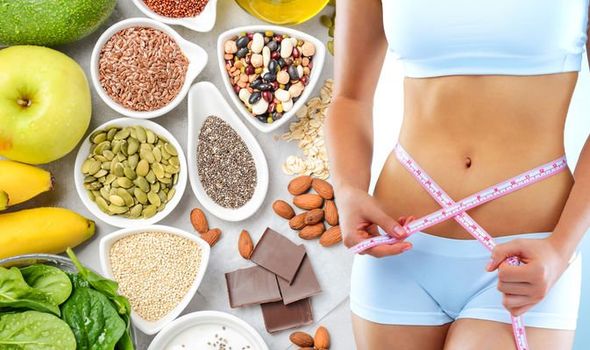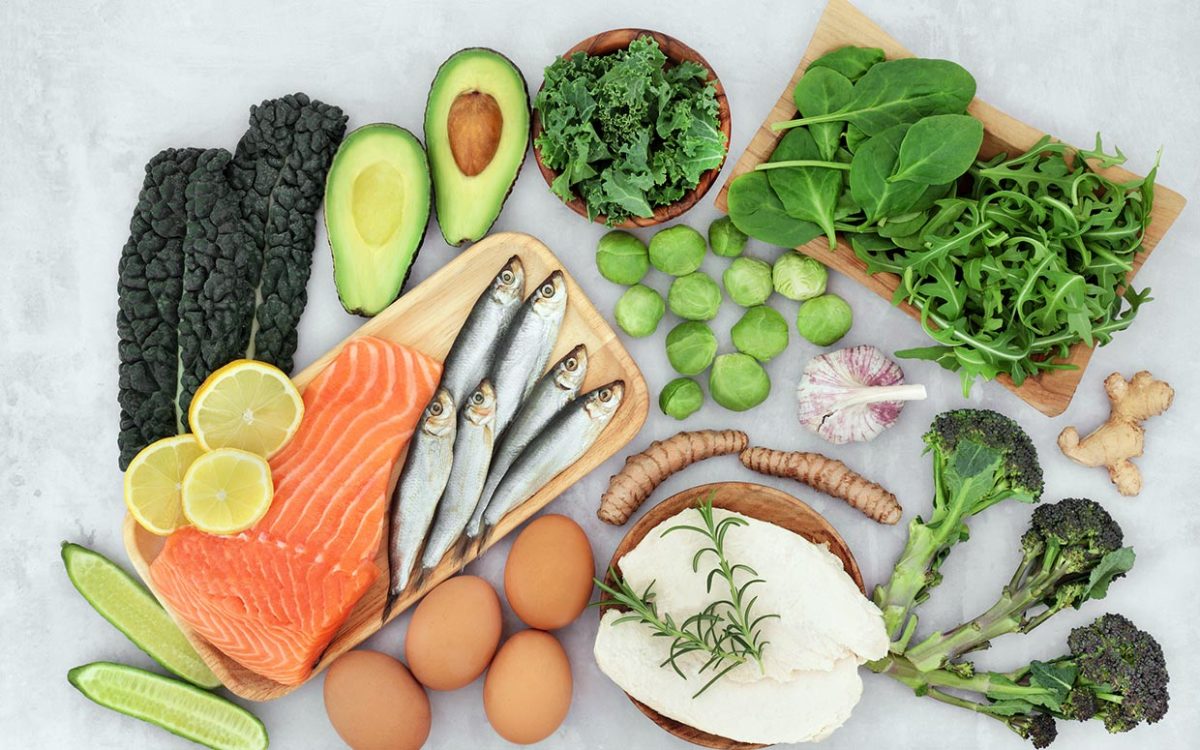
Tofu vegetable recipes should not contain too much sodium. There are many ways to make it lower in sodium. You'll learn how you can make tofu vegetables low in sodium by using soy sauce, teriyaki peanut paste, and stir-fry sauce. You'll also learn how you can make a stir fry sauce tofu veg dishes.
Low-sodium tofu veg recipes
There are many ways you can prepare tofu. Tofu's firm texture makes it easy to absorb sauce. This type of tofu takes only minutes to prepare. It can be served with rice or noodles or even vegetables. This tofu can be marinated with different ingredients before it is cooked. You can even change the seasonings to suit your taste.
To make it easier to cook, place a sheet of parchment paper on a baking tray. Place the block onto the paper towel, then add some weight to it. Next, bake the tofu at 350 degrees for 25 to 35 more minutes, flipping halfway. The more time it takes to cook tofu, the more difficult it becomes. For a more tender and moist tofu, cook it for 5-10 minutes at a stretch.

Adding soy sauce to tofu veg recipes
Add a teaspoon each of chili sauce and brown sugar to your tofu. This adds flavor and aroma while preserving the texture of the tofu. You can also substitute agave sugar if you don’t possess soy sauce. You can also omit the cayenne flake as they will make your sauce watery. Substitute seitan for the tofu.
To begin, heat a skillet over high heat. Add the vegetables and tofu. Cook until tender. Salt and pepper to taste. Once the vegetables are done, add the tofu and toss with the sauce. Cook until combined. Serve the Spicy Sesame Tofu with rice. Let your meal come together in minutes. Enjoy! Here are a few ways to use soy sauce.
Tofu veg recipe: Add teriyaki Peanut Sauce
Tofu veg recipes can be enhanced by adding teriyaki peanut butter sauce. To create this delicious sauce you must first press the tofu. Extra-firm tofu contains less moisture, which creates a crunchier outer coating. Peanut sauce makes tofu crunchy and delicious. You can also serve the dish with rice or other vegetables.
Do not worry if your kitchen doesn't contain teriyaki Peanut Sauce. In just a few moments, you can make your own. You can make your own teriyaki sauce at-home. It is naturally gluten-free, and has no taste. Tofu is more flavorful when made with cornstarch. Use arrowroot instead of cornstarch to make it.

Tofu veg stir-fry sauce recipe
Stir-frying sauce is a key ingredient in Chinese cuisine. Although it is time-consuming to chop vegetables, this step is crucial when you cook stir-fried veggies. You will need to mix 1 tablespoon soy sauce with 1 teaspoon brown sugar. Mix this well, then add the tofu. Let the tofu sit in the mixture for 5-10 minutes.
Mix the tofu in with the vegetables. Extra-firm Tofu is recommended for crispy tofu. Medium tofu doesn't crisp well. Firm tofu contains less water. The more water content, the harder it is to cook it crisp. Before adding the tofu, make sure you stir-fry all vegetables. You can use soft tofu, but less water is needed if you prefer a firm texture.
FAQ
What is the best way to eat?
Many factors influence which diet is best for you. These include your gender, age and weight. Also, consider your energy expenditure, your preference for low-calorie food, and whether you enjoy eating fruits or vegetables.
Intermittent fasting is a good option if you're trying to lose weight. Intermittent fasting allows you to consume only specific meals throughout your day rather than three large meals. This might be better than traditional diets that have daily calorie counts.
Research suggests that intermittent fasting may increase insulin sensitivity and reduce inflammation. This can result in improved blood sugar levels as well as a lower risk of developing diabetes. Other studies suggest that intermittent fasting could promote fat reduction and improve overall body structure.
What is the problem with BMI?
BMI stands for Body Mass Index, which is a measurement of body fat based on height and weight. Here is how to calculate BMI using the following formula.
The weight of a kilogram divided by its squared height in meters.
The result is expressed using a number from 1 to 25. Scores of 18.5 and higher indicate overweight, while scores of 23 and higher indicate obesity.
A person who weighs 100 kg and has a height of 1.75 m will have a BMI of 22.
How can I live my best everyday life?
The first step towards living your best life everyday is to find out what makes you happy. Once you know what makes you happy, you can work backwards from there. You can also inquire about the lives of others.
You can also read books like "How to Live Your Best Life" by Dr. Wayne Dyer. He talks about finding happiness in all areas of your life and finding fulfillment.
What are the 7 tips to have a healthy life?
-
Be healthy
-
Exercise regularly
-
Sleep well
-
Make sure to drink plenty of water.
-
Get enough rest
-
Be happy
-
Smile often
How do I count calories?
It is possible to wonder "what the best diet is for me?" or "is counting calories necessary?" The answer to this question depends on many factors, including your current health, your personal goals and preferences, as well as your overall lifestyle.
Which one is right for you?
The best diet for me depends on my current health status, my personal goals, my preferences, and my overall lifestyle. There are many options, both good and bad. Some diets work for some people, while others are not. So what do I do? How can I make the right choice?
This article aims at answering these questions. It begins by briefly describing the different diets available today. Then, the pros and cons of each type of diet are discussed. We will then look at how to pick the right one for you.
Let's look at some of the main types of diets to get started.
Diet Types
There are three main types: low fat, high proteins, and ketogenic. Let's look at each one briefly.
Low Fat Diets
A low-fat diet restricts fat intake. This is done through reducing the intake of saturated fats (butter, cream cheese, etc.) They are replaced by unsaturated fats such as avocados, olive oil, and cream cheese. People who are looking to lose weight quickly and easily will benefit from a low-fat diet. This kind of diet could cause constipation or heartburn and other digestive problems. If a person doesn’t receive enough vitamins from their foods, this can lead to vitamin deficiency.
High Protein Diets
High protein diets discourage carbohydrates and encourage the use of proteins. These diets often have higher levels of protein than most other diets. These diets are meant to help increase muscle mass and decrease calories. They may not be able to provide sufficient nutrition for people who need it. They can also be very restrictive so they may not be suitable for everyone.
Ketogenic Diets
The keto diet is also known as the keto diet. They are high-fat and low in carbs and protein. These are often used by bodybuilders and athletes because they allow them the ability to train harder and for longer periods of time without feeling tired. You must adhere to all side effects such nausea, headaches, fatigue.
Is cold a sign of a weak immune response?
Cold causes a decrease in immune system strength. This is because white blood cells are less effective at fighting infection. Cold can also make you feel better as your brain releases endorphins, which reduce pain.
How often should you exercise?
For a healthy lifestyle, exercise is vital. But, you don't need to spend a specific amount of time exercising. Finding something that you love and sticking with it is the key.
If you exercise three times a week then aim for 20-30 mins of moderate intensity. Moderate intensity means you'll be breathing hard long after you're done. This type of workout burns around 300 calories.
If you prefer to walk, go for 10 minute walks four days a week. Walking is easy on the joints and has low impact.
If you'd rather run, try jogging for 15 minutes three times a week. Running is an excellent way to lose weight and tone your muscles.
Start slowly if you aren't used to doing exercise. Begin with 5 minutes of cardio every other day. Gradually increase the duration until you reach your goal.
Statistics
- This article received 11 testimonials and 86% of readers who voted found it helpful, earning it our reader-approved status. (wikihow.com)
- In both adults and children, the intake of free sugars should be reduced to less than 10% of total energy intake. (who.int)
- nutrients.[17]X Research sourceWhole grains to try include: 100% whole wheat pasta and bread, brown rice, whole grain oats, farro, millet, quinoa, and barley. (wikihow.com)
- Extra virgin olive oil may benefit heart health, as people who consume it have a lower risk for dying from heart attacks and strokes according to some evidence (57Trusted Source (healthline.com)
External Links
How To
What does the meaning of "vitamin?"
Vitamins are organic compounds naturally found in food. Vitamins help us absorb nutrients in the foods we consume. Vitamins cannot be produced by the body. They must be obtained from food.
There are two types vitamins: water soluble or fat soluble. Water-soluble vitamins dissolve quickly in water. Some examples include vitamin C,B1 and B2 vitamins (thiamine), B2 and riboflavin, B3 and niacin, B6 vitamins (pyridoxine), B6 vitamins (niacin), folic acids, biotin, pantothenic acids, and Choline. Fat soluble vitamins are stored in the liver and fatty tissue. Some examples include vitamin D and E, K, A, beta carotene, and A-vitamins.
Vitamins are classified according their biological activity. There are eight major vitamin groups:
-
A - essential for normal growth and maintenance of health.
-
C is important for nerve function and energy production.
-
D – Essential for healthy teeth, bones and joints
-
E - required for good vision & reproduction.
-
K - Required for healthy nerves and muscles.
-
P - Vital for strong bones and teeth.
-
Q – aids digestion and absorption.
-
R - necessary for making red blood cells.
The recommended daily allowance of vitamins (RDA), varies depending upon age, gender, physical condition, and other factors. RDA values are set by the U.S. Food and Drug Administration (FDA).
For example, the RDA for vitamin A is 400 micrograms per dayfor adults 19 years or older. Pregnant mothers need 600 micrograms a day to ensure fetal growth. Children ages 1-8 require 900 micrograms per day. Infants under one year of age require 700 micrograms per day, but this amount decreases to 500 micrograms per day between 9 months and 12 months of age.
Children aged between 1-18 years old who are obese require 800 micrograms per Day, while overweight children need 1000 micrograms every day. Children underweight or obese will require 1200 micrograms a day to meet their nutritional requirements.
Children between 4-8 years of age who have been diagnosed by anemia must consume 2200 micrograms daily of vitamin C.
2000 micrograms are required daily for good health in adults over 50. Mothers who are pregnant, nursing, or have a high nutrient need will require 3000 micrograms a day.
1500 micrograms are required daily by adults over 70 because they lose approximately 10% of their muscle each decade.
Women who are pregnant or lactating need more than the RDA. Pregnant mothers need 4000 micrograms per daily during pregnancy and 2500 after giving birth. Breastfeeding moms need 5000 micrograms per daily when breastmilk production occurs.